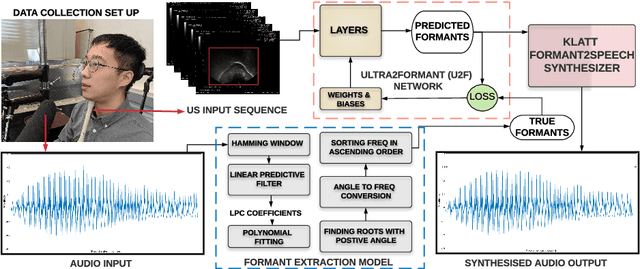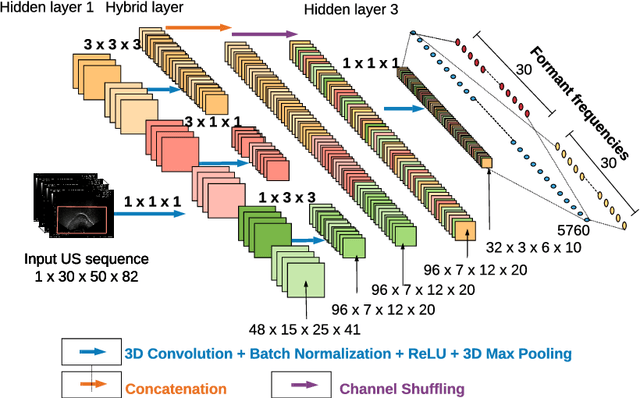Bryan Gick
Integrating Posture Control in Speech Motor Models: A Parallel-Structured Simulation Approach
Jul 26, 2024


Abstract:Posture is an essential aspect of motor behavior, necessitating continuous muscle activation to counteract gravity. It remains stable under perturbation, aiding in maintaining bodily balance and enabling movement execution. Similarities have been observed between gross body postures and speech postures, such as those involving the jaw, tongue, and lips, which also exhibit resilience to perturbations and assist in equilibrium and movement. Although postural control is a recognized element of human movement and balance, particularly in broader motor skills, it has not been adequately incorporated into existing speech motor control models, which typically concentrate on the gestures or motor commands associated with specific speech movements, overlooking the influence of postural control and gravity. Here we introduce a model that aligns speech posture and movement, using simulations to explore whether speech posture within this framework mirrors the principles of bodily postural control. Our findings indicate that, akin to body posture, speech posture is also robust to perturbation and plays a significant role in maintaining local segment balance and enhancing speech production.
Ultra2Speech -- A Deep Learning Framework for Formant Frequency Estimation and Tracking from Ultrasound Tongue Images
Jun 29, 2020



Abstract:Thousands of individuals need surgical removal of their larynx due to critical diseases every year and therefore, require an alternative form of communication to articulate speech sounds after the loss of their voice box. This work addresses the articulatory-to-acoustic mapping problem based on ultrasound (US) tongue images for the development of a silent-speech interface (SSI) that can provide them with an assistance in their daily interactions. Our approach targets automatically extracting tongue movement information by selecting an optimal feature set from US images and mapping these features to the acoustic space. We use a novel deep learning architecture to map US tongue images from the US probe placed beneath a subject's chin to formants that we call, Ultrasound2Formant (U2F) Net. It uses hybrid spatio-temporal 3D convolutions followed by feature shuffling, for the estimation and tracking of vowel formants from US images. The formant values are then utilized to synthesize continuous time-varying vowel trajectories, via Klatt Synthesizer. Our best model achieves R-squared (R^2) measure of 99.96% for the regression task. Our network lays the foundation for an SSI as it successfully tracks the tongue contour automatically as an internal representation without any explicit annotation.
 Add to Chrome
Add to Chrome Add to Firefox
Add to Firefox Add to Edge
Add to Edge